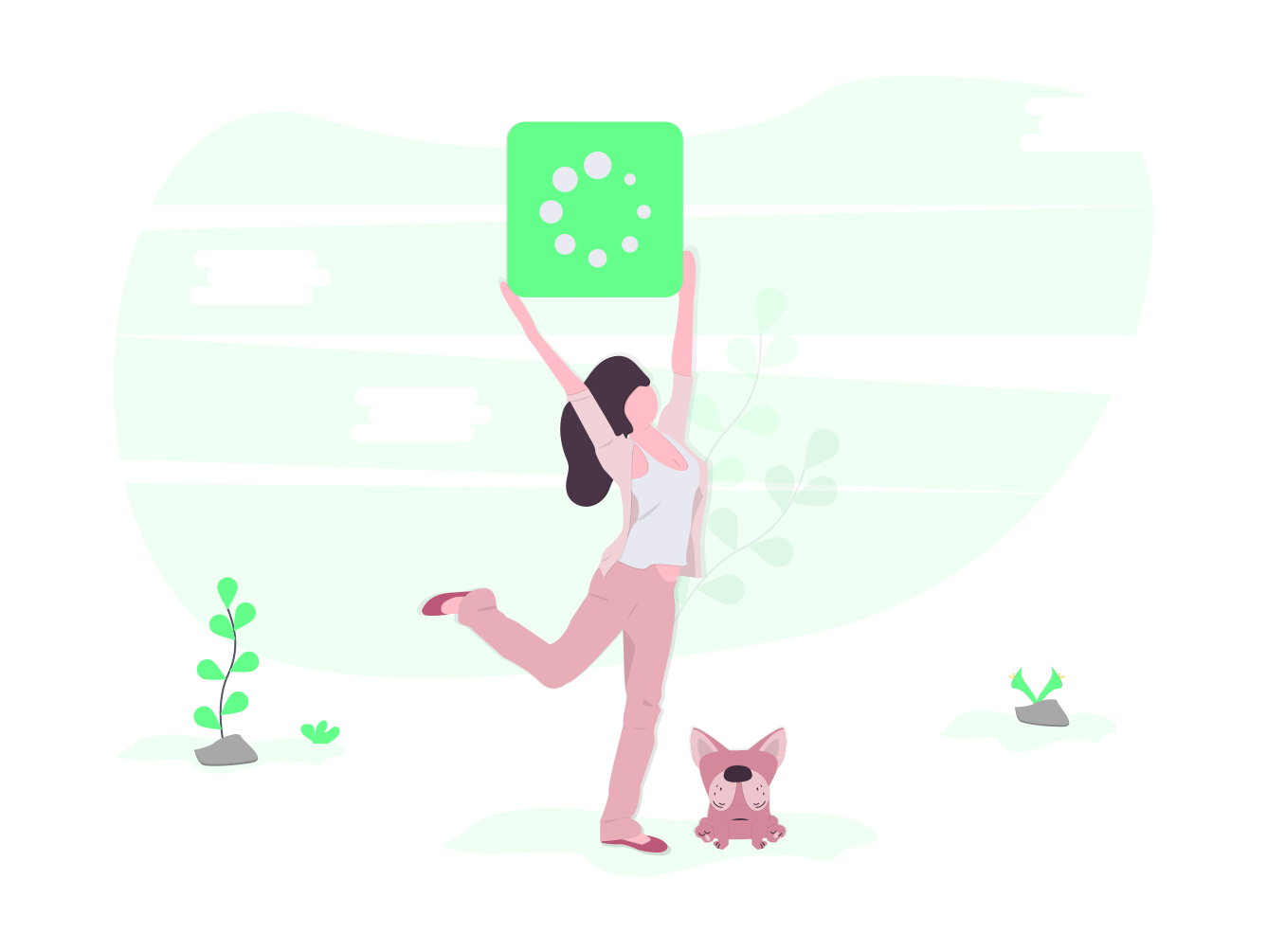Hello Dear Readers, Today In this Post, You will learn How to create Image Hover Effects Using HTML | CSS, Earlier I have shared a Button Hover Effect | HTML & CSS and now it’s time to Image Hover Effects.
Using CSS image hover effects, you can achieve beautiful results on any website with little effort. Hover effects are probably the most used elements in web design, mainly because of the ease of implementing them coupled with a greatly improved user experience.
Complex, non-CSS animations can drag a website down if you’re not careful, and that’s why CSS image hover effects are preferable in almost all cases. Not only are they quick to apply to your site, but they also load quickly and add minimal overhead to your pages.
In this Post created by me, I’ve put together a list of CSS image hover effects that you can use on your site, as well as some essential info about this topic. The Role of CSS Image Hover Effects Interactivity is an important part of any modern website, as it keeps users engaged and encourages them to spend more time browsing.
Including interactive elements on a website also makes the user experience more intuitive because they hint toward what the user can do. This is where CSS image hover effects pop in and save the day. Image hover effects create an opportunity to add interactivity to elements on a website without slowing it down. Hover effects are elegant, they don’t clutter designs, and websites run smoothly no matter how many you add.
I’ve gathered the best CSS image hover effects and described this I hope it will be very helpful for you. the list below is a great starting point. Hover effects have long been one of the easiest ways to add an element of interactivity to a website. Most commonly, we see them used to highlight text links or buttons. But their use can range far beyond the basics.
One area where hover effects can be especially powerful is when they’re applied to images. Whether it’s as part of a small card layout or a massive hero image, the right effect can make a huge impact. Today, we’ll show you some creative ways that designers are integrating hover effects into images. They’ll demonstrate how we can spice up our own projects in a dramatic fashion.
Letting users easily and clearly know which part of the webpage is clickable is an important part of UX design. The old but gold way of doing it was to change the text color and underline it.
Nowadays, with CSS, there are plenty more ways to deliver hover effects, particularly to images. Developers can now add transition effects or animation when a hover event is triggered. We are looking at directional slides, zooms at different speeds, fade-ins, and fade-outs, hinge effects, and more.
In this Post. You are going to need some divs. One will be your overlay div, containing what will show up once the user hovers over the image, and the other will be a container that holds both the image and its overlay. The inner div, which represents the overlay, will have two classes. One that you will use to style all overlays and the other represents the specific overlay type (left, right, up, down, or fade).
Your image should be placed outside the inner div (overlay) but inside the outer one (container). Don’t forget to add an alternative text describing the image to assist users that rely on the screen reader. Set the container’s position relative to its normal position and define its width and height.
The key to getting the overlay to work is to set its position to absolute. That means its positioned relative to its nearest positioned ancestor, which in this case is the image. So that the overlay isn’t always there and only shows up when the user hovers over the image, set its opacity to zero, meaning completely transparent.
Use “background-color” to set the color of your overlay. Use “transition” so that the overlay gradually appears instead of popping up over the image. Since we set the opacity of the overlay to zero, once we hover over the container we want to set that opacity to 1. That means, once the user hovers over the container item, the overlay will appear.
We will start the list of CSS image hover effects with Button Hover Animation, which creates an animated outline on hover. It works smoothly and the code is very clean, allowing fora quick loading time and easy customization. I have put together an entire collection of CSS image hover effects.
It’s easier to have multiple effects in the same place and use them as needed. The effects are entirely based on CSS3 and HTML5. You can customize the hover effects based on your website’s design, to make it blend beautifully. The effects are also scalable and work great on mobile devices. David Conner made the code behind the effects available for direct use.
This effect is based on rotating the image when the user hovers on it. The process is quite common, being used in presentations and animation videos all the time. The simplicity of this image hovers effect is what makes it so popular among users. You can either animate every part of the element or keep it simple, in one single block. The transition is smooth and the users are encouraged to interact with the website more.
HTML

CSS

Woh I love your posts, saved to favorites! .